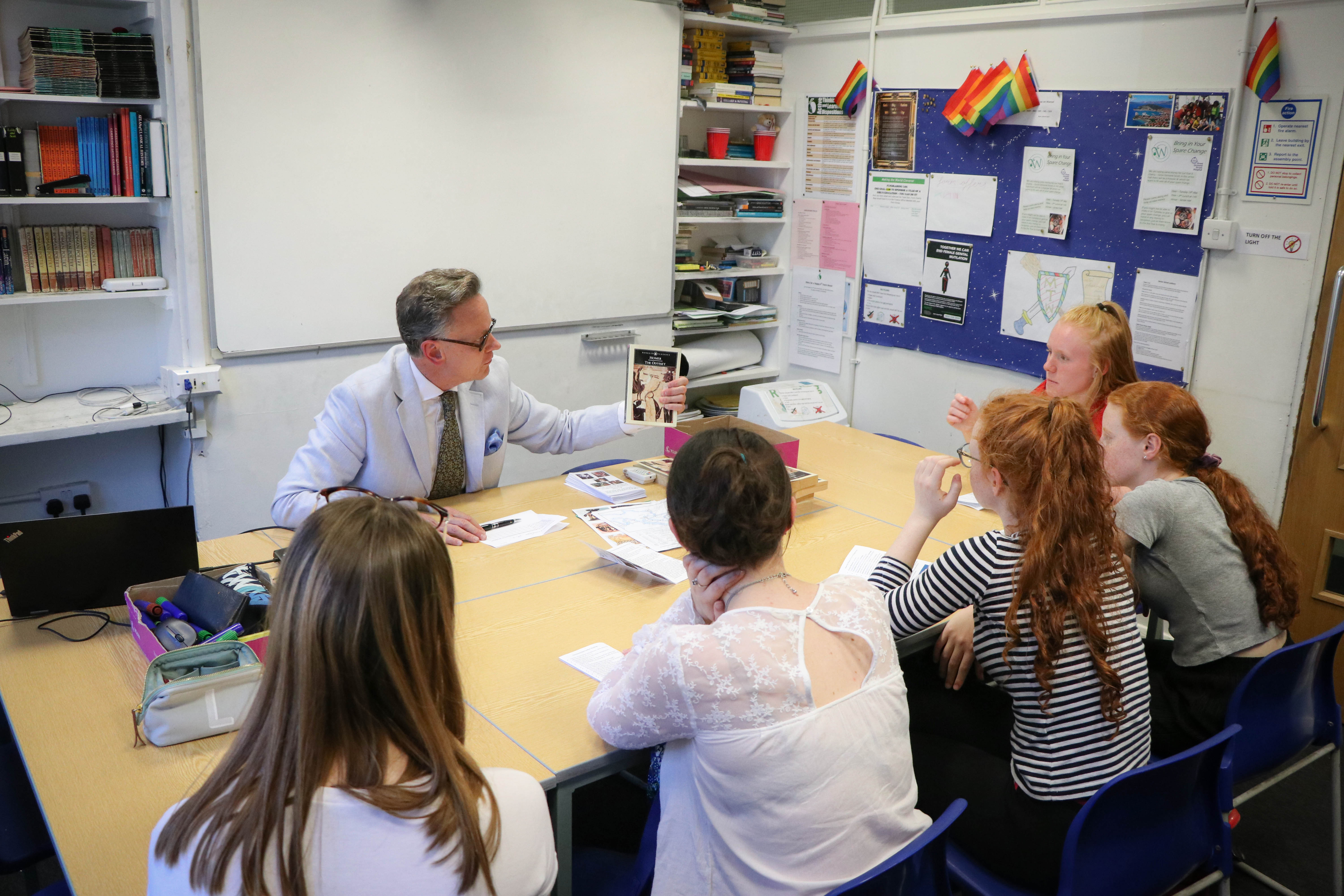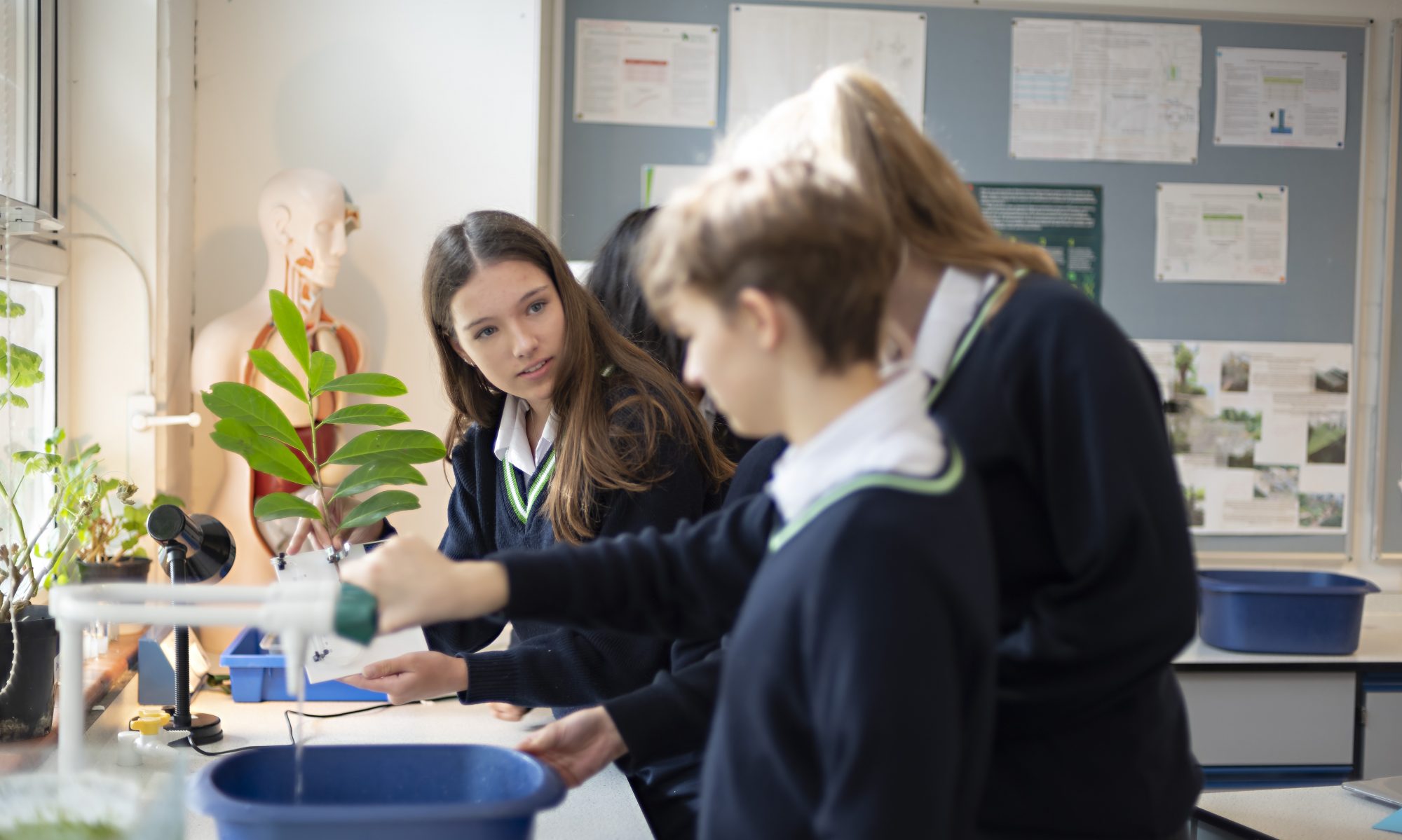Do look out for the Spring 2020 programme of events at the Royal Institution available on their website very soon. Some of the tickets do sell out quickly, so plan ahead if you would like to hear from world experts on a vast range of science topics. There is a really varied programme of talks, workshops and events for adults, children, families and schools. Take a look and see if anything sparks your imagination!
Calling aspiring medics!
A great opportunity to see a play about the life of junior doctors working within the NHS. It’s only on this week – do see Dr Seeta for more information if you are interested.
calling all ski racers…
15-22 February (half term week) – English Alpine Championships in Bormio, Italy
14-17 March – Artemis British Inter-schools Championships in Pila, Italy. https://www.britskiacad.org.uk/events/2020-03/artemis-british-interschool-ski-championships-2020
Nicola Adams
Nicola Adams retired from boxing just last week and has been a huge inspiration to many women in sport for example, Demi Stokes who is the England left back in football.
She was one of the first women to go pro in boxing, and the first female boxer to win an Olympic title. In a very much male dominated sport, Adams has shown that there are no boundaries to what women can achieve and has greatly helped the profile of women in the sporting world. She has strived to make women’s participation in sport an encouraging environment where we support each other and strive to achieve whatever goals we set out to.
written by Robin – gymnastics rep
Annabel is crowned Greater London County Champion in two classes and qualifies for Championships in April.
1m class on Finley
1.10 Eventers Challenge on Ali
2nd place for Ellen in the London Youth Games Cross Country Competition for Merton. Well done, Ellen!
WHS representing on the Golf Course
Juliet wins U15 Waterpolo Club Championships
Sofia competes for England in Judo
Taxi drivers, not bus drivers
Suzy Pett, Assistant Head Teaching and Learning, looks at individual learning and discusses some of the benefits of this approach to teachers and learners.
As a school, our first strategic objective is for pupils to ‘step in’ and ‘be known’. As such, individualised learning goes to the heart of what we do. I’ve heard teachers described as bus drivers rather than taxi drivers, but I don’t think that reflects our ethos at WHS. We know that every pupil will get to the destination – we have the same high expectations of all our pupils – but we know that the route and journey will be different for each pupil. At WHS, we do not offer a mass transport education system, but we think of our pupils as individuals.

Last year, John Hattie, author of the game-changing book ‘Visible Learning’, added some new categories to his meta-analysis of factors relating to student achievement. Coming in third out of 252 influences is ‘Teacher estimates of achievement’ with a value of 1.29.[1] To put this in context, the average effect size of all the interventions studied is 0.4. So, clearly, this is a big deal. This rating reflects the accuracy of an individual teacher’s knowledge of pupils and how that knowledge determines the kinds of classroom activities and materials as and difficulty of the tasks assigned. So, knowing your pupils is vital. It makes sense.
However, the idea of differentiation is fraught. Rather than being the elixir of learning, differentiation conjures an array of fears. Quite rightly, the negative potential of differentiation comes under fire. In our context of motivated and ambitious pupils, I cringe at lesson plans which explicitly seek to limit outcomes through so-called differentiation. The once popular tripartite formula of lesson plans – ‘all will’, ‘most will’, ‘some will’ – seemed a quick way to show your awareness of the different abilities in your class. Really, what it did was reveal a lack of confidence in all pupils achieving mastery, and your skills as a teacher to facilitate that. It resulted in a lower expectation of what “less able” pupils could achieve.

A second concern about differentiation is that it can oversimplify learning. With the benign intention of making learning accessible for some pupils, excessively scaffolded tasks in fact remove the challenge and the opportunity to find things hard. A frequent mantra we hear in the teaching community is: “A teacher’s job is not to make work easy. It is to make it difficult”. Deep learning comes with struggle, something that educationalist Lev Vygosky also suggests: our pupils should operate within their ‘Zones of Proximal Development’. This involves facing challenges just beyond their current capabilities, with the right level of scaffolding to point the way.[2] Although disproportionate struggle has a detrimental effect, the danger with differentiation is that, keen to support those who will find it hardest, we remove the struggle altogether. The completion of the ‘dumbed down’ task at a lower level is the learner’s modest prize.[3]
A third concern is around teacher workload. The teacher is frazzled with creating multiple routes through the lesson, concocting various worksheets for the same task and putting on ‘clinics’ outside of lessons to cater for all needs. There is no time to reflect on what is working in the classroom, accurately assessing pupils and responding by planning creative and engaging lessons. Pupils are equally frazzled, spending lunchtimes yo-yoing between ‘clinics’.
So what does excellent individualised learning look like in a class setting? For me, assessment is the compass for differentiation. To really know our pupils, we need a sharp sense of what they struggled with and where they misunderstood ideas. It’s not got enough to find this out in a ‘clinic’ and to put it right then. Assessment and the resulting differentiation needs to happen in class. So rigorous Q&A is vital, as is effective and regular low-stakes testing. During class discussion, we need to focus as much on error as on what pupils got right so we know where the gaps are. We need to find out where the sticking point is for some members of the class, and then put in place plans to address it within lesson time. Knowing your pupils is vital and responding to that knowledge in small, sometimes incremental ways, is what differentiation is all about. Tom Sherrington, author of The Learning Rainforest, summarises this brilliantly in a blog post: “You may feel that John is coasting a bit; he needs a push this lesson. It may be that Albert has looked a bit bored of late. He might be finding things a bit easy; let’s really crank it up this lesson. The last time Rory handed his book in it was a bit of a shocker; I need to sit with him this lesson and get a few things sorted out. Daniel is always just below the top level. Why is that? Maybe he needs to do some re-drafting and I need to absolutely insist that he does it again and again until it’s hitting the top level.”[4] It’s not all about the separate worksheet, or the extra clinic. It’s about the sustained and regular interactions we have with pupils on a daily basis. That’s individualised learning.
Bibliography
https://learningspy.co.uk/research/teachers-think-differentiation/
https://www.cem.org/blog/is-it-time-to-ditch-differentiation/
https://www.edweek.org/ew/articles/2015/01/07/differentiation-doesnt-work.html
https://teacherhead.com/2019/01/24/rescuing-differentiation-from-the-checklist-of-bad-practice/
https://teacherhead.com/2014/02/01/dealing-with-day-to-day-differentiation/
[1] https://visible-learning.org/hattie-ranking-influences-effect-sizes-learning-achievement/
[2] https://www.simplypsychology.org/Zone-of-Proximal-Development.html
[3] https://www.theguardian.com/teacher-network/2015/oct/01/mastery-differentiation-new-classroom-buzzword
[4] https://teacherhead.com/2014/02/01/dealing-with-day-to-day-differentiation/>


